Environmental and Cultural Degradation
It needs to be recognised that besides loss of biodiversity, cultural destruction and degradation are also accompanying economic growth. Ancient rocks and mountains are being quarried without imagination to provide building material. The approaches to Bengaluru city from the new airport provide a glimpse in this regard. The highway leading to the city is bereft of local tree cover. Ancient hillocks and giant pre-historic round rocks on the approaches to the city have vanished; they have been used for building material thus destroying the cultural and natural landscape of this part of Karnataka permanently. Unlike trees, rocks cannot be replanted. It seems that this consciousness does not exist among municipal governments. Visitors and tourists come to Karnataka to enjoy its rich cultural heritage and not to shop in malls that may now exist even in war torn Afghanistan.
The problem is more acute in the Western Ghats. The ghats are not only a biodiversity hot spot but also a treasure house of ancient Hindu, Jain and Buddhist caves. Prominent among these are those related to Buddhism and which support the domestic and international tourism industry. The “exploration” of the region, in an archaeological sense, commenced in the 1820s. The Ajanta Caves with their frescos and murals gave birth to the ‘Ajanta School’ of painting initiated by Rabindranath Tagore in 1905. The lenas are the cave monasteries of Western India. They are nearly 1000 in number, scattered along the Western Ghats. Pandulina cave (photographs 1 and 2) is the most prominent in the Nashik region. Now a giant stone quarry which appears to have been abandoned exists on the Pandulina hill itself (photograph 3). Another stone quarry has devoured nearly half the hillock opposite the Pandulina (Photograph 4). This hillock is the gateway to the ancient city of Panchvati, which has myths and legends related to the Ramayana period and is also the site of the Kumbh mela. The financial greed of the contractors with the approval of the administration is leading to the ignoring of the rich and aesthetic value of these hills. The city with its growing industries is expanding in all directions. A layer of smog now covers the sky. Colonies and living quarters are now straddling and surrounding the Pandulina. What nearly 1600 years of neglect could not achieve is now being accomplished in the garb of ‘development’. This can be compared to the destruction of the Bamiyan Buddhas in Hazara, Afghanistan by the Taliban. This time the process, it must be accepted, is unintended and due to a lack of aesthetic and cultural imagination.
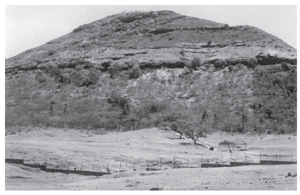
Photo 1: Pandulina Caves in the 1960s
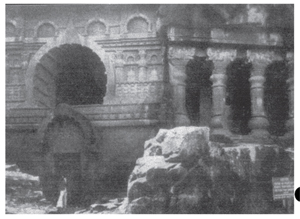
Photo 2: Cave number 18, Chaitya
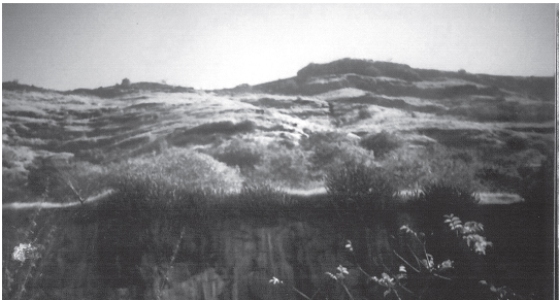
Photo 3: The Abandoned Quarry on Reverse slopes of Pandulina Caves
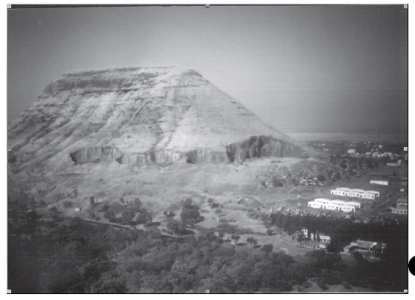
Photo 4: Quarries On the Hill Opposite Pandulina and Growth of Concrete and Industrial Jungle (Bombay-Agra highway in the foreground)
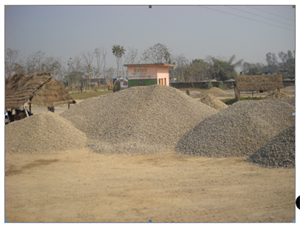
Photo 5: Crushed rocks (Bajri) mined from Nepal near Indo- Nepal Border
It is well known to policy planners that India is urbanising at a rapid pace. During the next three decades, the urban population may constitute half the total. Building material is thus needed. The construction industry is also scooping sand from the rivers and crushing rocks for bajri (photograph 5). This mining, both legal and illegal, has caused extensive damage. The impact of such activities takes a long time to manifest when the river ecology gets destroyed, biodiversity gets lost and the natural cushion or resilience is found wanting during extreme weather events such as flash floods due to abnormal rain.
The challenge is how to get affordable building material without destroying biodiversity and cultural heritage. Japan continues to remain 70 per cent forested since it imports all its needs for timber from other countries. In other words, it transfers environmental degradation to other countries.
The recent Madahv Gadgil led expert committee report has studied the problem of the Western Ghats and has provided recommendations. But the report has been ‘securitised’ and is not being made available in the public domain. Surely, the report is not an ecological ‘Henderson-Brooks’ type inquiry (which went into the reasons for the defeat of the Indian Army in the 1962 war with China). One feature that is common to both these reports being kept under wraps is that the issue is ongoing and hence due to sensitivity cannot be made public. While the ongoing border talks with China and defence posturing is a good enough reason for securitisation of the war inquiry report, can environmental and cultural degradation be hidden? The lessons of the war inquiry can be incorporated for improvement, but rocks and sand mined and extracted cannot be recreated.
Currently, most intellectual and policy energies appear to have been focused upon on climate change. The discourse has migrated from mitigation to adaptation. However, the current growth trajectory of the nation is leading to serious environmental and cultural degradation. The issue needs to be placed on priority and a holistic environmental impact assessment needs to be made public. The biggest challenge is of construction and civil engineers and architects. Innovative ways of reuse of material, careful and imaginative extraction policies (which do not scar the cultural heritage) need policy and public attention. There should be a mechanism to steer and control the momentum of the bulldozer like environmental and cultural degradation.








